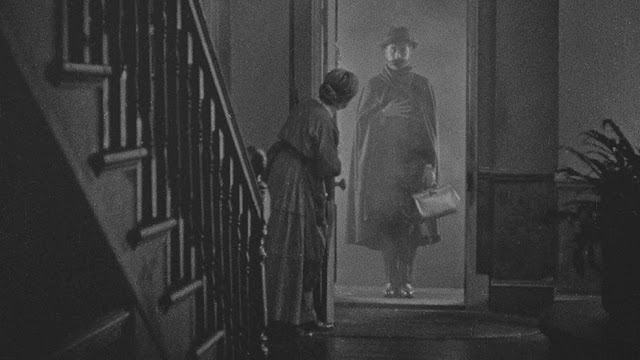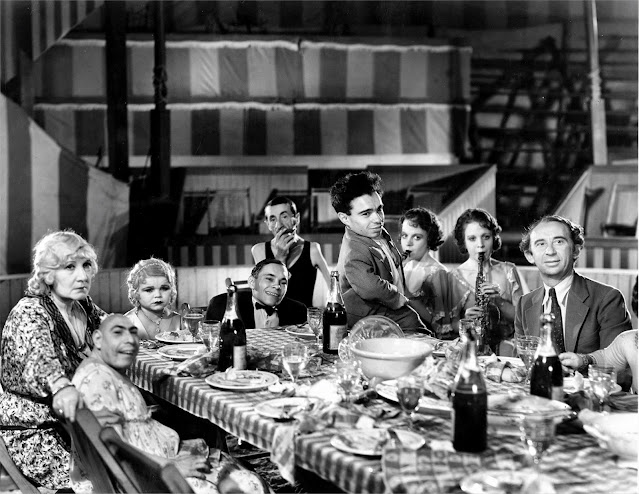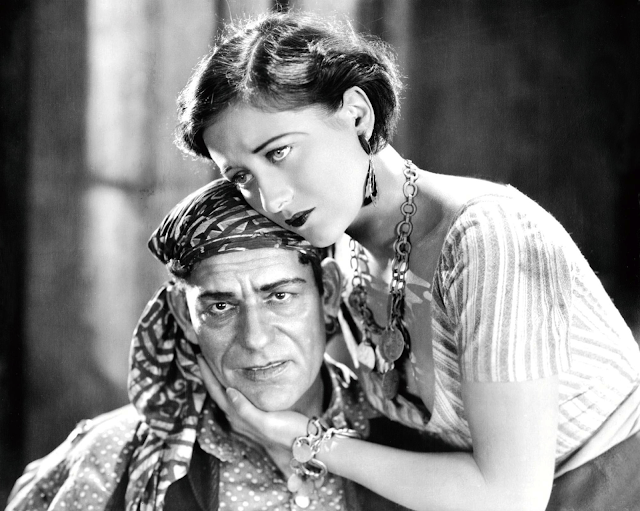The Lodger (1927)

Alfred Hitchcock's "The Lodger" For over 60 years, Alfred Hitchcock directed some of the most iconic films ever put to screen. He is often considered one of the greatest filmmakers of all time. He is especially known for his 'thriller' genre. The film that not only started this string of thriller genre films, but also Hitchcock as a reputable director, was 1927's " The Lodger ." This silent film is based on a 1913 novel of the same name by Marie Belloc Lowndes and concerns a serial killer loose in London. The serial killer at the heart of the film is based on the real London killer, Jack the Ripper. As this killer murders women late at night in the streets of London, a new, mysterious man takes lodging at the Bunting house. Mr. and Mrs. Bunting begin to grow suspicious of this new lodger after he starts becoming familiar with their daughter, Daisy. Daisy's sweetheart, Joe, also begins to have concerns with the new lodger after his interest in


